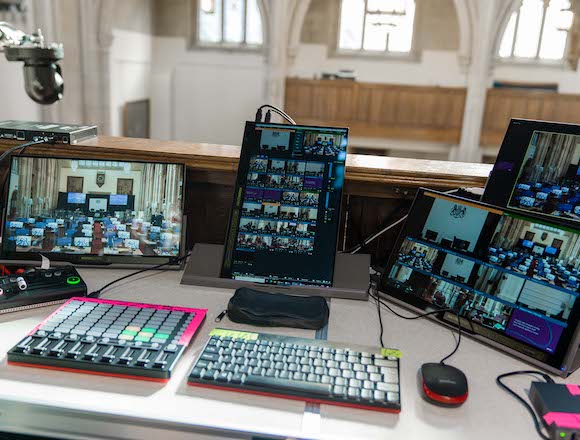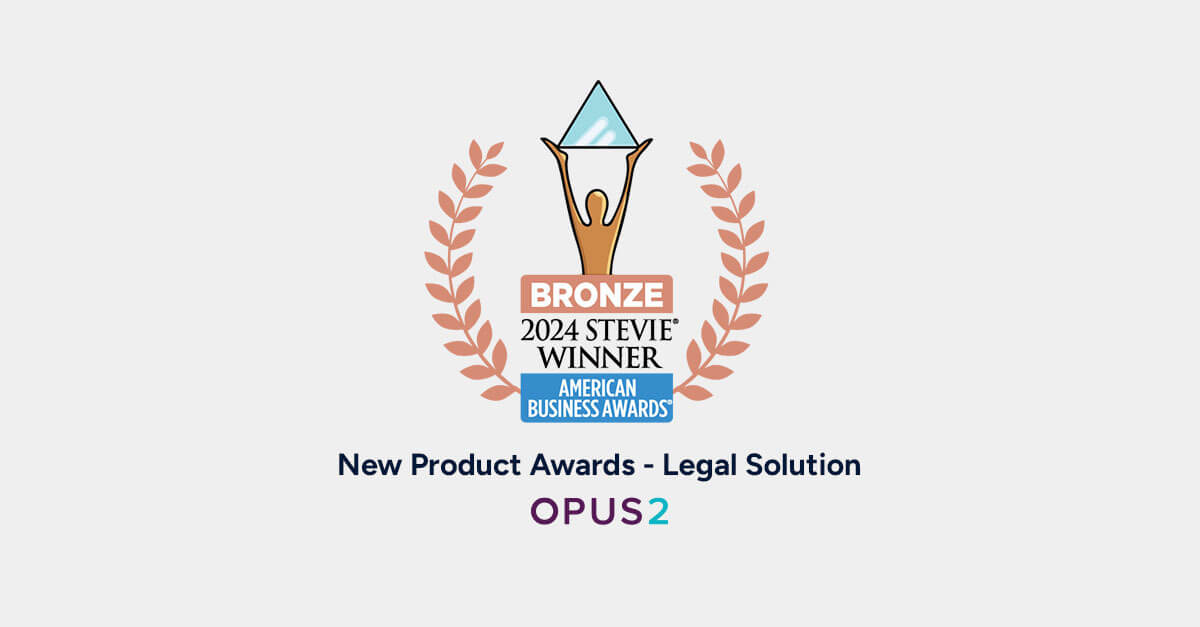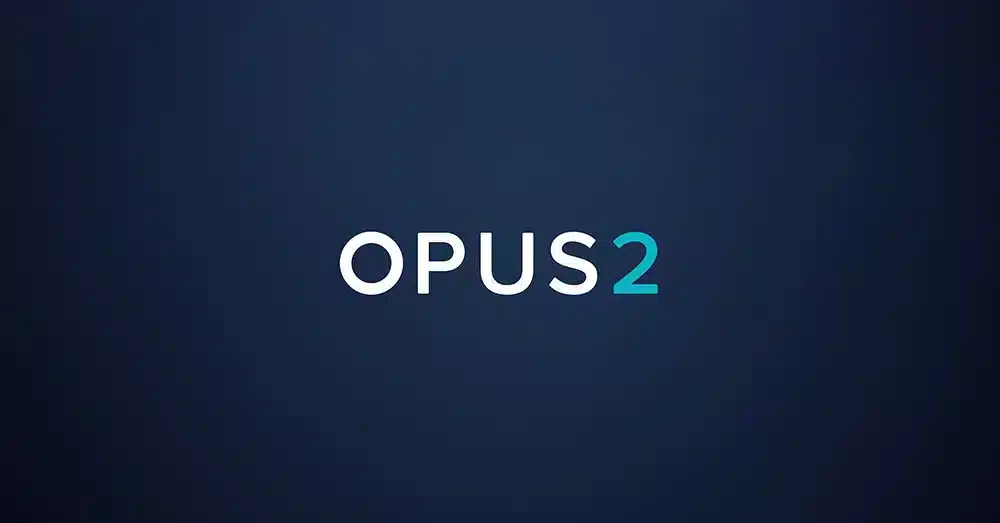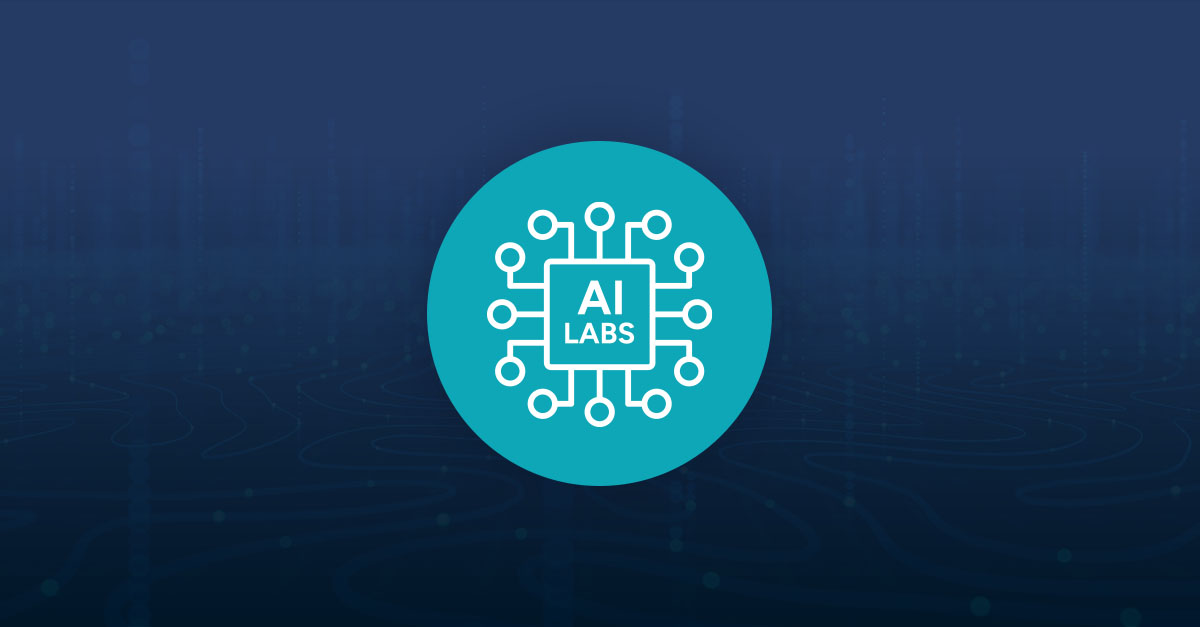This article was first published in in Global Legal Post by Taryn Auchecorne, Business Development Director and Roopal Patel, Head of Hearings, Business Development, Opus 2.
The commissioning of a public inquiry, an independent investigation which is established in response to significant public concern about a major event, can be promising. Although a public inquiry can be emotive and subject to intense media scrutiny, they serve an important purpose in a democratic society; to gather evidence without fear or favour to get to the truth. The outcome of a public inquiry sets out lessons that can be learned and provides future recommendations, which, although not legally binding, can pave the way for reform.
A public inquiry, by its very nature, requires time to properly scrutinise what happened and why, ascertain who is responsible and consider what can be done to prevent the event in question from happening again. In addition, the volume of documents, number of stakeholders involved and ensuring that the general public rightfully have access to the proceedings can have a significant impact on the cost and time that it takes for a public inquiry to be brought to conclusion.
The use of technology is vital in addressing these factors and enhancing the delivery of a public inquiry in an efficient, transparent and responsible way.
- Managing stakeholders. There are many different participants, from the chair, legal teams, core participants, to the scores of witnesses or other interested parties in a public inquiry. These stakeholders may be using siloed and disparate systems to manage their roles in the inquiry. Using a form of technology that can bring all the key stakeholders together in one connected digital space can have a positive impact on the ability to better manage the procedural aspects of a public inquiry. A central way to disclose and share materials between the inquiry team and core participants as they prepare is essential, for example in the case of the Manchester Arena Inquiry, the Opus 2 solution was utilised to release c.200 separate tranches of disclosure to the core participants. As some tranches were subject to confidentiality restrictions, the system was configured to enable different levels of access to accommodate this. Similarly, when participating in the hearings, the requirements of each stakeholder will differ based on their role, with some focussing on the need for a live stream or transcript feed and others concentrating on clear evidence management and presentation. Adopting the most appropriate technology solution and services to accommodate the various stakeholders during the lifecycle of the inquiry is critical to effective and efficient participation by all involved.
- Managing data and documents. A public inquiry generally involves a vast amount of data and documents. Over 1 million pages of evidence were processed during the course of the Mid-Staffordshire Inquiry, for example. Data and document management play a crucial role in determining what happened and why and can form the basis upon which key evidence is gathered. A public inquiry’s document requests can be far-reaching and can be made at any point during the life of the inquiry, which can be time-consuming and labour intensive. It is therefore important that the stakeholders to which disclosure obligations apply have correct data retention policies in place and it is advisable for them to invest early on in instructing an e-disclosure provider. Having a robust way to interrogate the data by way of sorting, reviewing and tagging documents is fundamental when working on a public inquiry, and harnessing AI to assist with the review process can not only speed it up but also significantly reduce costs associated with voluminous manual review.
During the hearings phase of a public inquiry, which can span from months to years, using technology such as electronic presentation of evidence can facilitate the end-to-end management of evidence throughout. Effective presentation of documents and evidence, which is made readily accessible to all stakeholders, can ensure that the hearing runs more smoothly and efficiently. Having a robust evidence presentation solution in place can also support the work of the inquiry even once the hearing concludes which was proved during the Grenfell Tower Inquiry as a list of documents presented each day could easily be collated into a custom folder within the system, ready to be exported and uploaded to the inquiry’s website on a daily basis, totalling c. 45,000 over the course of the inquiry. - Ensuring access to justice. It is in the interests of a public inquiry to ensure thatproceedings are readily accessible, as this fosters the guiding principles of transparency, restoring public confidence and determining accountability.
The Covid-19 pandemic accelerated the use of video-link technology, to allow, for instance, witnesses to give evidence remotely. This technology is now bedded in and allows proceedings to continue no matter the location of key stakeholders, for example the Chair of the Post Office Horizon IT Inquiry presided over the hearings remotely as well as in person, providing a flexible way to ensure the hearings continued. Furthermore, livestreaming of public inquiry hearings has become standard which enables not only the stakeholders that are subject to a public inquiry, but also interested third parties, such as the general public and media, to follow the hearing in real time. This combined with Realtime transcription as was provided by Opus 2 to both the Inquiry team and legal representatives of core participants on the Grenfell Tower Inquiry provides ways for all to participate in and follow proceedings, opening up access to those in different positions and locations.
Technology plays a major role in ensuring that a public inquiry has the confidence of not only the general public, but importantly those who have been affected by the event to which the public inquiry is subject. Using technology to improve accessibility to a public inquiry fosters the principle of open justice. Future technological developments can further increase efficiency and enhance public expectations in an area that plays a fundamental part in our society.
Opus 2 has been at the forefront of the use of technology for some of the most high-profile public inquiries for more than a decade.







